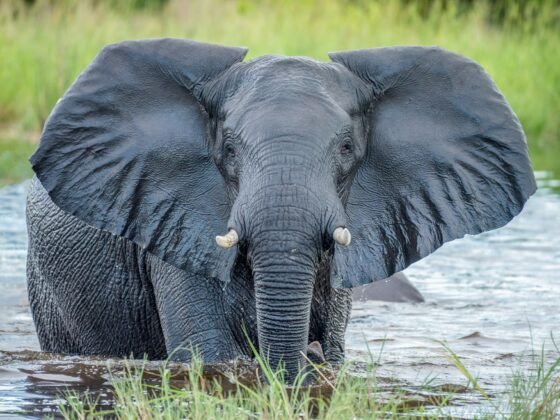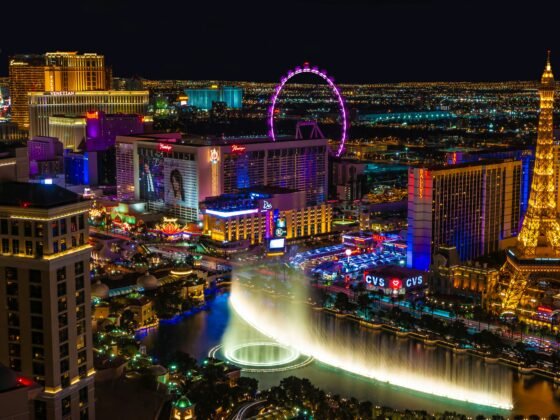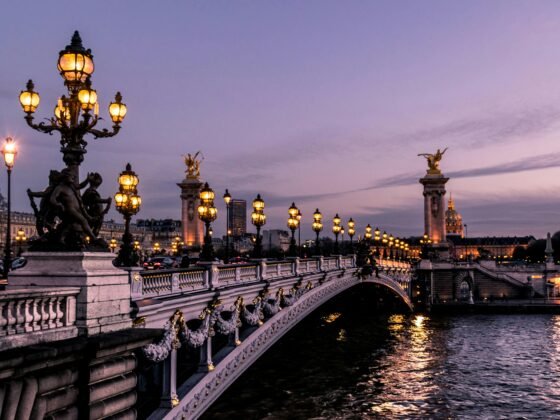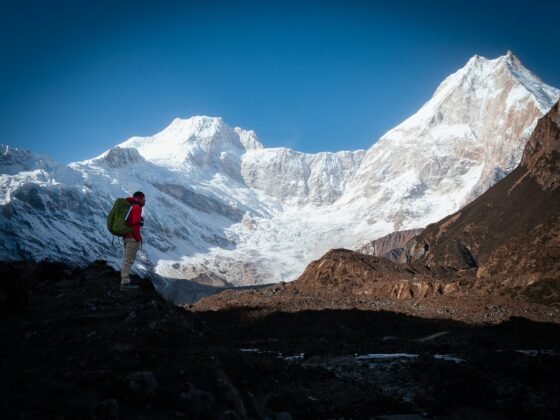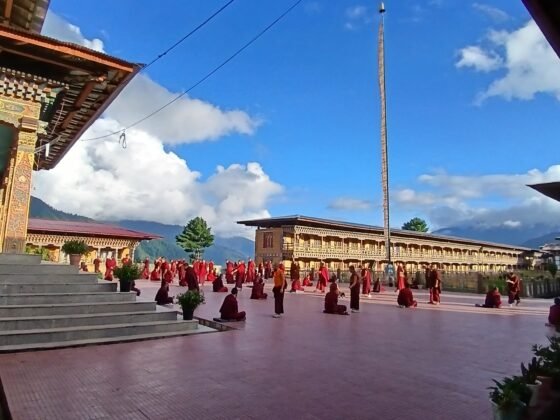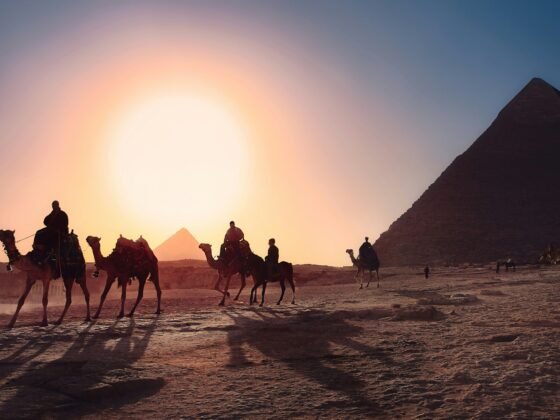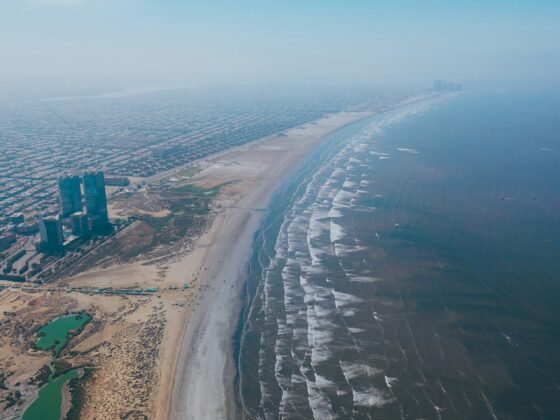Brazil is set to dazzle in 2014 and beyond! Travellers are treated to buzzing cities, gorgeous white sand beaches, untouched rainforests, colonial-era architecture, intriguing history, dramatic waterfalls, distinct local cultures and pristine tropical islands.
Admire the bold architecture of Brasilia
The capital of Brazil is Brasilia, and not Rio de Janeiro, as many assume. It’s a modern town planning dream come true: the city was built from scratch in 1956. Together the dedicated town planner ad architect set about creating a city that would exist in harmony. The result is an architectural spectacle bursting with notable buildings, in particular the official structures – so much so that the city achieved UNESCO World Heritage Status in 1987. Don’t miss the stunning modernist Brasilia Cathedral, aka Catedral Metropolitana Nossa Senhora Aparecida, which features 16 concrete ‘arms’ reaching towards the heavens. Gawp at the iconic Palácio da Alvorada (Palace of Dawn) which is the president’s official residence and take in the awesome Congress, Presidential Palace (Palácio do Planalto) and the Supreme Court within the Three Powers Square.
Brazil is the fifth largest country in the world, and is roughly divided into 5 separate regions (see map).
- The North (in green) is dominated by the mighty Amazonia region, which is the most biologically diverse area on earth.
- The Northeast (in orange) is authentic Brazil, where the impressive coastline really dominates. Expect superb watersports, excellent deep sea fishing opportunities and boat trips to idyllic tropical islands.
- The Central West (in yellow) is home to Brazil’s pulsating capital city of Brasilia.
- The Southeast (in pink) is considered the cultural hotspot of Brazil, thanks to the colourful city of Rio de Janeiro and diverse São Paulo which is actually the largest city in the country.
- The South (in blue) has a strong European influence running throughout its cities, which are small and laidback. The south is home to the world-famous tourist site of Iguaçu Falls.
Climb Corcovado and admire Rio de Janeiro beneath you
The ultimate must-see sight in Rio has to be the Cristo Redentor statue, which is the largest (and most impressive) Art Deco monument on earth. Located in the Tijuca National Park, the mighty Christ the Redeemer statue rises to 130 feet (40 meters) and is regarded as one of the Seven Wonders of the World. The statue of Jesus Christ sits proudly atop the granite Corcovado Mountain at a height of 2,329 feet (710 meet), allowing all of Rio to witness its majestic grandeur. Travel trivia: did you know that ‘Corcovado’ translates as ‘hunchback’ in Portuguese!
Lose yourself in the mighty Amazon
Not literally you understand! The Amazon is home to the most diverse assortment of plants and animals on earth, in fact some 10% of all the worlds species reside here, including over 2,000 different species of fish. Amazonia, to give it its correct name has always fascinated serious adventure travellers who want to kayak the vast lagoons, cruise the Amazon River waterways and bed down at one of the eco lodges that have sprung up in recent years. The mighty UNESCO-listed Amazon is the biggest tropical rainforest on earth, spanning over 2.3 million square miles and part-covering 9 countries in total.
Immerse yourself in the wild Rio Carnival
The world famous Rio Carnaval is held each year before Lent – 28 February to 4 March in 2014 – and offers 24/7 festival atmosphere with elaborate street processions of opulent floats. Throw in skimpy costumes adorned with sequins, infectious samba music and non-stop parties and you’ve got the Rio Carnival in a nutshell. You’ll need another vacation to recover!
Explore the historic architecture within Downtown São Paulo
The pulsating city of Sao Paulo, aka Sampa, is the largest, most diverse and most cosmopolitan city in Brazil. Its Downtown area was founded in 1554 and the compact area is bursting with neoclassical and baroque architecture. People watch at the central square, aka Praça da Sé, admire the 17th century church and monastery of the Largo São Bento Square and soak up the architectural diversity within the Praça da República, from the Edifício Esther of 1935 and the Edifício Copan which represents the letter ‘S’.
Hike the Parque Estadual Serra do Mar
Just south of Sao Paulo is the pristine Parque Estadual Serra do Mar which forms a part of the Atlantic Forest Reserves. The lush rainforest topped mountain is the perfect eco getaway destination and offers a welcome respite from the hectic city life. Visitors can hike, trek and mountain bike the 315,000 hectare park, spotting rare birds and primates.
Experience the grandeur of the former capital city of Salvador
In the northeast of Brazil is the very first capital city of Brazil: Salvador, which was founded in 1549. This lively, colourful and exciting city is nicknamed the ‘Capital of happiness’ thanks to its very own carnival and packed annual calendar of year-round festivals. It’s also proud of its diversity, with African and European influences in evidence in its culture. don’t miss the seriously impressive colonial Igreja de São Francisco, shop for handcrafts in the Mercado Modelo Market and watch displays of capoeira (traditional martial arts dance) in the public squares.
Don’t miss Iguaçu Falls
Probably the most famous waterfalls after Niagara, the mighty Iguaçu Falls are an absolute must-experience! This UNESCO World Heritage Site sits on the border with Brazil, Argentina and Paraguay and is known locally as ‘big water’. At a height of 269 feet (82 meters) Iguazú is noteworthy because of its sheer ferocity of its 275 awesome drops.
Soak up the colourful culture of Fortaleza
The northeastern city of Fortaleza is often compared to Rio, thanks to its lively nightlife and bustling commercial center. Take time to explore the colourful heritage within its architecture and culture. Don’t miss the exquisite Gothic-Roman Fortaleza Cathedral (which also happens to be the third largest church in the country) and stop by the impressive 17th century Fortress of Nossa Senhora da Assuncao. And when the museums, galleries and markets take their toll, chill out on one of Fortaleza’s stunning beaches; try the Praia de Iracema and Praia do Meireles right next door which really come alive at night.
Hunt for gold in Ouro Preto
The old gold-mining town of Ouro Preto is bursting with colonial heritage, so much so that it’s a recognised UNESCO World Heritage Site, one of 19 within Brazil. The name itself means ‘black gold’ which reflects the past glories of the 18th century where the area saw a fervent gold rush. The remaining legacy boasts ornate churches, inspiring bridges and pretty fountains.
Discover Oscar Niemeyer works in Belo Horizonte
The cosmopolitan metropolis of Belo Horizonte is notable for its contributions from the Brazilian architect Oscar Niemeyer, who designed many of the concrete masterpieces at Brasilia’s inception. Spot Niemeyer’s influence within the Pampulha Architectural Complex and the Praça da Liberdade square which is lined with sumptuous 19th century architecture.
Soak up the atmosphere on Brazil’s beaches
The glorious Brazilian coastline is punctuated with powder-white sandy beaches set against a stunning backdrop of azure blue Atlantic Ocean. Besides the functional activities of watersports, swimming, scuba diving and snorkelling, the main beachside activity is people watching. Brazil is best known for its skimpy swimsuits and bikinis and the endless parade of the beautiful people. Nowhere is this more evident than the world-famous beaches of Ipanema and Copacabana. But if you don’t fancy the competition, there are hundreds more superb beaches including the Taipus de Fora which sits within the 1,100km coastline of Bahia, the secluded Praia da Fazenda, which is between São Paulo and Rio and the world-class Porto da Barra which is one of the best beaches on earth and is pictured above.
Admire the Portuguese influence in Paraty
The Portuguese settled in Paraty in 1667, attracted by the surrounding waterfalls, islands and emerald waters. Their rule has left an intriguing heritage set around the cobbled central streets, of ancient churches, fascinating monuments and the 18th century Forte Defensor Perpétuo, which defended the hoards of gold from invaders. If you’re craving a spot of scuba diving, take a short boat trip over to Ilha dos Meros, which has superb facilities.
Soak up the European influences of Porto Alegre
Southern Brazil is a land of pampas and valleys and its best known for its gaucho culture. Known as the book capital of Brazil, Porto Alegre boasts a strong European heritage, which is evident within its museums, parks and public buildings. Don’t miss the 17 meter high Monumento aos Açorianos which commemorates the first settlers which came from the Azores. Catch the contemporary art on display at the Fundação Iberê Camargo and wander the Parque Farroupilha which hosts the local antiques fair each Sunday.
Experience Recife, aka The Brazilian Venice
The major city of Recife is best known for its myriad of waterways between its many islands, which earnt its moniker, the Veneza Brasileira, aka Brazilian Venice. Recife was originally settled by Dutch colonizers in 1637 and is rich in art, history and folklore. Recife actually means ‘reef’ in Portuguese. Highlights include wandering the beautiful streets, admiring the many beautiful old churches and spotting the traditional Dutch-origin buildings. Don’t miss the exquisite 17th century Santo Antonio do Convento de Sao Francisco church, the pretty Santa Isabel theatre which dates back to 1850 and the fascinating Museu do Acucar which tells the tale of local sugar production.
See the old-school cowboys of Cuiabá
The small and laidback town of Cuiabá lies in the very heart of the Brazilian cattle country. As well as picking up supplies of cowboy clothing and equipment, Cuiaba is a pleasant town to while away a few days. Browse the natural history museum housed within the baroque Palácio de Instrução and wander the Municipal Aquarium. Cuiabá is also the perfect gateway into The Pantanal (see next).
Explore the rich birdlife of the Pantanal Wetlands for yourself
The ultimate eco experience within Brazil can be had at the awesome Pantanal wetlands, which lie in the central west region and are more than ten times the size of the Everglades in the US. In fact the Pantanal is the largest freshwater wetland in the world and home to an extremely active habitat. The Pantanal has a huge advantage over the Amazon – the wildlife is more visible. Here you can spot marsh deer, jaguars, anacondas, caimans and giant otters. Keen birdwatchers can catch glimpses of hawks, kites, ibis, egrets and herons. In fact there are over 700 bird species here including many feathery migrants from North American. There are around 100 different mammal species, 260 fish species and around 80 different reptile species within the Pantanal. This is the ultimate destination for eco wildlife enthusiasts and one of the best things to do in Brazil.
Discover Brazil’s awesome biodiversity from Manaus
The majestic city of Manaus lies on the Rio Negro, in the very heart of the Amazonas (see listing above). It’s here that the Negro and Solimões Rivers converge to create the mighty Amazonas River. Manaus is a great base to explore the rainforest as well as being a gateway to Anavilhanas: the 400 island complex which boasts a diverse ecosystem and incredible biodiversity. It’s also a great base to explore the Jaú National Park, the biggest forest reserve in South America, which covers some 5.6 million acres. Spot dolphins, jaguars and Amazonian manatees here.
Wander Natal’s historic city center
The Atlantic coastal city of Natal, which mean Christmas in Portuguese, was settled in 1599. The historic center is a particular highlight, with its architecture spanning colonial, neoclassic, art-deco and modern. Indeed the modern elements are again the legacy of the incredible architect Oscar Niemeyer, who created the city’s Parque da Cidade which is a tower structure, somewhat resembling an eye shape. Don’t miss the 1875 Memorial Câmara Cascudo which is in memory of the anthropologist Luis da Câmara Cascudo and admire the French style Teatro Alberto Maranhão which as constructed in 1898.
Walk Curitiba’s cidade velha district
The other large city within the south of Brazil (in addition to Porto Alegre, see above) is Curitiba, which boasts a beautiful ‘cidade velha’, aka old city. Throw a penny into the Memory Fountain, admire the Moorish style Arab Memorial and climb the 95 meter tall Mercês Tower which has superb panoramic views over the city and Paraná region; one of the ultimate things to do in Brazil!
Map Credit: Wikitravel



